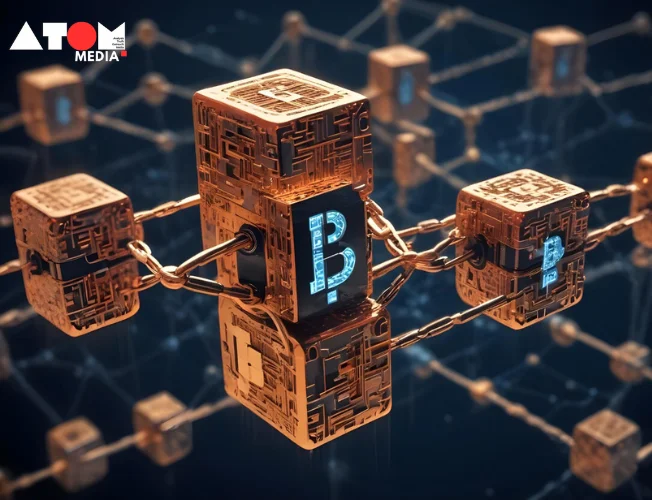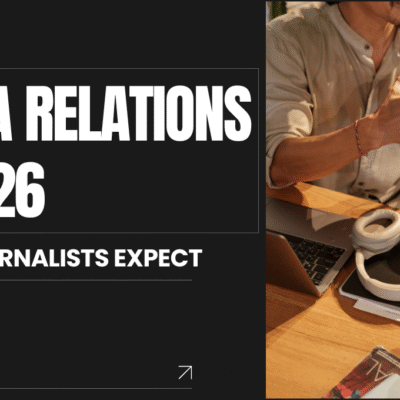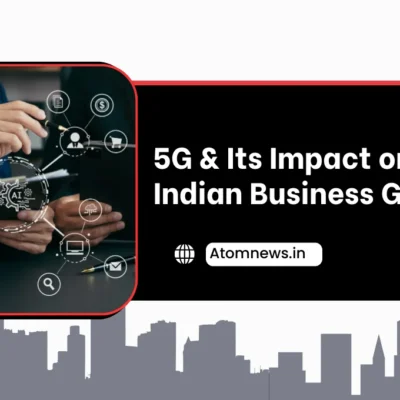India has been aggressively investigating the possibilities of blockchain technology; in the last few years, there have been significant advancements in this area. The Ministry of Electronics and Information Technology (MeitY) recently introduced “Vishvasya,” a national blockchain technology stack, to continue this momentum. With this project, the nation’s attempts to incorporate blockchain technology into government will advance significantly and improve security, transparency, and trust across a range of citizen-centric applications.
MeitY introduced Vishvasya on September 4, 2024, with the goal of providing blockchain-as-a-service (BaaS). A geographically dispersed infrastructure makes up the technology stack, which is designed to serve a range of permissioned blockchain applications. In addition to Vishvasya, the government unveiled NBFLite, a blockchain sandbox platform, and tools like Praamaanik, a blockchain-enabled mobile app authenticity verification tool.
What is Blockchain?
Blockchain is a digital ledger technology that stores and protects data in a network of interconnected blocks using cryptographic algorithms. The system is renowned for its immutability, security, and transparency because data stored on the blockchain is difficult to change or tamper with. Blockchain thus provides a strong means of guaranteeing security and trust in a range of transactions and procedures. Blockchain is a perfect technology because of these properties; it can be used for supply chain management, digital identity verification, and increasingly, government functions.
Vishvasya: A National Blockchain Technology Stack
The goal of the Vishvasya blockchain tech stack is to provide blockchain-as-a-service (BaaS) to a range of stakeholders, such as businesses, government organisations, and developers. Vishvasya’s main objective is to build new kinds of distributed software architectures that would promote trust. Vishvasya seeks to make blockchain adoption easier for many use cases by providing a scalable and secure blockchain infrastructure.
In addition to lowering the need for human intervention and providing technology help to stakeholders developing and implementing blockchain applications, the BaaS architecture offers security guarantees for various blockchain components. The government wants to make it easier for infrastructure providers, smart contract developers, and app developers to utilise blockchain technology by offering Vishvasya.
Key Features of Vishvasya BaaS
- End-to-End Blockchain Development: Vishvasya facilitates the rapid development and deployment of permissioned blockchain applications. It provides a secure, audited environment for blockchain developers to build and scale their solutions.
- Security Audits: The platform includes security-audited blockchain containers, ensuring that developers can deploy their applications with the confidence that they meet industry standards for security.
- Distributed Infrastructure: Vishvasya’s infrastructure spans three geographically distributed data centers located in Hyderabad, Pune, and Bhubaneswar, providing robust and resilient blockchain support across the country.
- Smart Contract Studio: Vishvasya offers a smart contract studio with pre-populated templates and design patterns tailored to various application domains, enabling developers to create and deploy smart contracts efficiently.
- REST APIs for Integration: The platform provides generic REST APIs to access smart contract functions, making it easier to integrate blockchain applications with mobile apps and IoT devices.
With these features, Vishvasya aims to make blockchain development more accessible to various stakeholders, helping India build a robust blockchain ecosystem that can serve the needs of its citizens and businesses.
NBFLite: A Blockchain Sandbox for Innovation
The presence of NBFLite, a blockchain sandbox platform intended for startups, educational institutions, and researchers, is one of Vishvasya’s most notable features. NBFLite gives users a platform for quickly prototyping blockchain apps, allowing them to explore, learn, and grow their blockchain programming skills.
With assistance from MeitY, NBFLite was created in partnership with a number of important organisations, including C-DAC, NIC, IDRBT Hyderabad, IIT Hyderabad, IIIT Hyderabad, and SETS Chennai. This cooperative endeavour demonstrates the government’s dedication to supporting blockchain technology advancement.
Praamaanik: Blockchain-Enabled Mobile App Verification
MeitY also introduced Praamaanik, a blockchain-enabled method for confirming the origins of mobile apps, in addition to Vishvasya and NBFLite. Using blockchain technology, Praamaanik generates an unchangeable register of fingerprints from mobile apps, offering a transparent and safe way to confirm the legitimacy of apps.
With the help of this solution, authorised representatives of organisations can upload mobile apps to the blockchain, which stores the individual characteristics of each app. In doing so, a tamper-proof record is produced that may be used to confirm the origin and legitimacy of the software. The purpose of Praamaanik is to increase user confidence by offering a dependable way to confirm the authenticity of mobile apps.
National Blockchain Portal: A One-Stop Resource for Blockchain Development
MeitY also unveiled the National Blockchain Portal alongside Vishvasya, NBFLite, and Praamaanik. This webpage acts as a one-stop shop for all things National Blockchain Framework (NBF) associated. It provides training, information on blockchain businesses, integrated chatbot help, and access to a range of blockchain-related publications.
The National Blockchain Portal is made to assist the developing Indian blockchain community by offering tools and information to aid in the adoption of blockchain technology by companies, government organisations, and developers. By encouraging cooperation and knowledge exchange, the portal hopes to assist India in developing a robust blockchain ecosystem.
Addressing Challenges in Blockchain Adoption
Although blockchain technology has enormous promise, a number of issues must be resolved before it can be widely used. These difficulties include a dearth of qualified labour, vendor lock-in, and obstacles in the way of performance, security, and interoperability research.
MeitY is focused on creating a “extensible blockchain framework” that can change to meet the changing demands of the market in order to overcome these obstacles. The government wants to create a blockchain ecosystem that is robust, scalable, and able to handle the particular difficulties faced by the Indian market. To this end, it is investing in research and development.
Building a Blockchain Ecosystem in India
While India’s blockchain journey is still in its infancy, programs like Praamaanik, NBFLite, and Vishvasya are important first steps. Additionally, the government is developing and implementing blockchain-based apps for certain use cases in collaboration with a number of state governments and agencies. For instance, MeitY has developed blockchain solutions for document verification, exam applications, and cotton bale identification in collaboration with institutions like the Ministry of Justice, the Cotton Corporation of India, the Forensic Science Laboratory, and the Central Board of Secondary Education (CBSE).
India is creating the groundwork for a strong blockchain ecosystem that may spur innovation and enhance public services by encouraging cooperation between governmental organisations, commercial enterprises, and academic institutions.
Final Thoughts
With the release of Vishvasya, NBFLite, and Praamaanik, India’s blockchain journey enters a new phase. These platforms, which prioritise security, openness, and trust, are expected to be essential in revolutionising public services and governance in India. The future of blockchain technology in India appears bright, with the potential to transform sectors and enhance the lives of people all throughout the nation as long as the government keeps funding the technology.
Read more: Marketing News, Advertising News, PR and Finance News, Digital News





